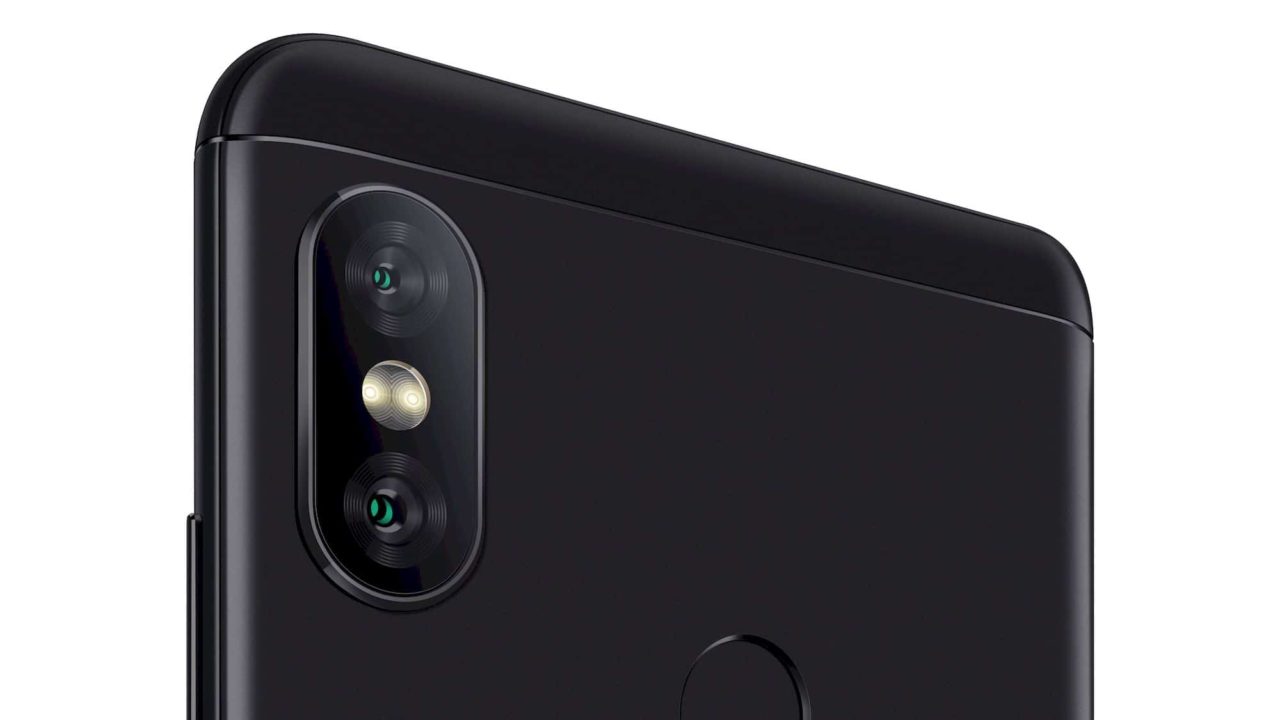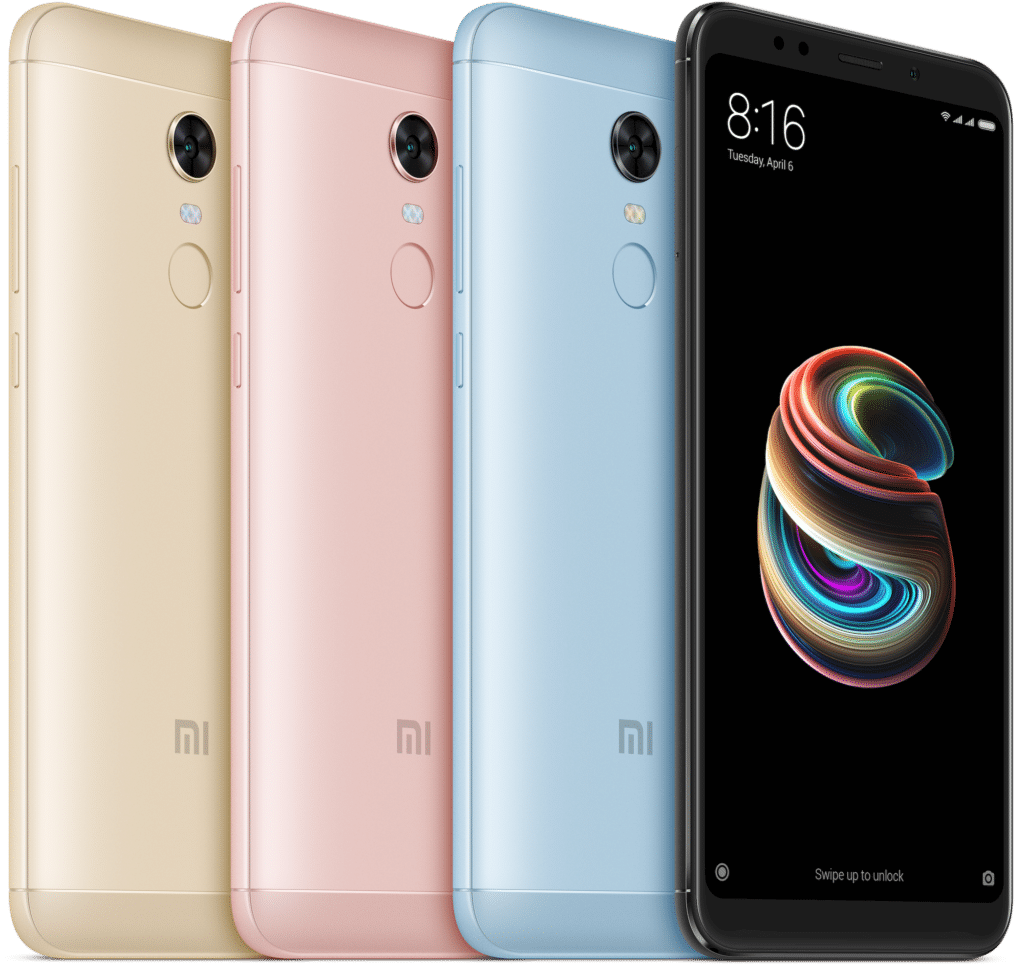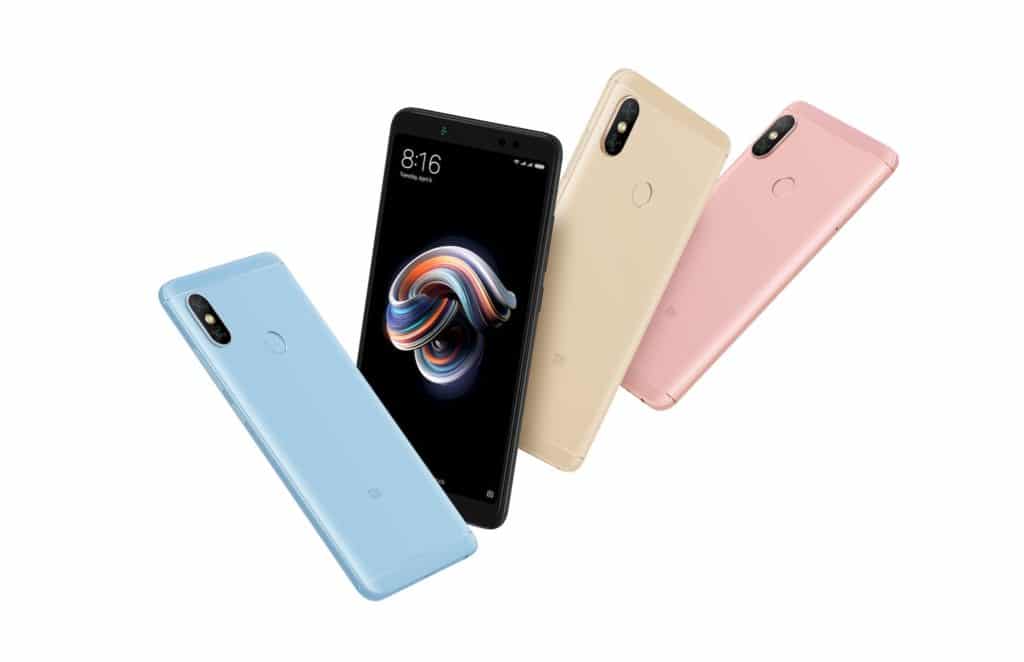India
Xiaomi launches Redmi Note 5 and Note 5 Pro in India
After the exceptional Redmi Note 4, Xiaomi is all prepped up for 2018!

Xiaomi has finally launched the much-awaited Redmi Note 5 and Note 5 Pro in India along with its Mi TV range. The Redmi Note 5 is the successor to Xiaomi’s popular Redmi Note 4 smartphone which was launched last year and has propelled Xiaomi to the number one smartphone vendor spot in India ahead of Samsung.
The Redmi Note 5 is just a rebranded Redmi 5 Plus with a 6-inch screen and a Snapdragon 625 chipset. Both the devices sport the same 6-inch panel and incorporate the new industry trending 18:9 resolution display. It has a 12-megapixel rear camera with an f/2.2 aperture and 5-megapixel front camera with an LED flash. Down from the predecessor’s 4100mAh battery, the Redmi Note 5 packs a 4000mAh capacity charged via micro-USB.
The Redmi Note 5 comes in two memory configurations: 3GB RAM with 32GB storage or 4GB RAM with 64GB storage. Both devices have a fingerprint scanner on the back, while the power button and volume rocker sit on the right side.
The Redmi Note 5 starts at INR 9,999 (US$ 156) for 3GB RAM with 32GB storage while the 4GB RAM with 64GB storage variant costs INR 11,999 (US$ 187).
The higher-end Redmi Note 5 Pro comes with a Qualcomm Snapdragon 636 processor, which makes it the first device sporting the chipset in the country. In fact, the Redmi Note 5 Pro is also the first smartphone globally to debut the Snapdragon 636 SoC.
It sports a 12-megapixel primary sensor at the back accompanied by a 5-megapixel secondary sensor, arranged on the upper-left corner like on the iPhone X. The primary sensor has an f/2.2 aperture while the secondary sensor comes with f/2.0. For selfie lovers, the company has bumped the camera sensor to 20 megapixels and comes with a front-facing flash. The front camera uses the Sony IMX376 sensor and is accompanied with Beautify 4.0.
The company is going with two variants for the Redmi Note 5 Pro which include 4GB RAM with 64GB storage, and 6GB RAM with 64GB storage. It runs on MIUI 9 based on Android Nougat. It comes with the older micro-USB port but sadly misses out on support for fast charging for its 4000mAh battery.
The Redmi Note 5 Pro starts at INR 13,999 (US$ 218) for 4GB RAM with 64GB storage while the 6GB RAM with 64GB storage variant costs INR 16,999 (US$ 265). Colors options are black, gold, rose gold, and blue.
Both the devices shall be available from February 22 via Flipkart, Mi Home, and Mi.com. They will go on sale soon via all of Xiaomi’s offline retail partners, though an availability date isn’t announced yet.
In addition, Xiaomi has designed a new power adapter which has power surge protection up to 380V built in. This new adapter will come come out of the box with the newly launched devices.


There’s no doubt that India is a major market for technology. While the country has its own brand preferences outside of the world’s usual, everyone still wants to get a piece of the market. To the dismay of global companies, the country is realizing the potential of its own market. Effective immediately, India has started restricting imports for new laptops, tablets, and PCs.
Recently, India made some headlines in the smartphone industry. A few companies, including Apple, have poured funds into building factories in India. Locally produced devices will allow these companies to attract the Indian market better. With the new regulations out today, it looks like these brands are going to enjoy a head start over others who aren’t in the country yet.
The Indian government introduced a new restriction (via Reuters) against the importation of “laptops, tablets, all-in-one personal computers, and ultra-small form factor computers and servers” made from other countries. Customers, however, will get an exemption. Airline passengers can still bring in these devices in their luggage. Additionally, a single imported device is allowable when bought through e-commerce platforms. Companies can import their products only by applying for a special license.
In a nutshell, bulk orders without a license are out. The government is instead encouraging users to buy locally produced products as part of its “Make in India” program. At the very least, it’s not a total ban on foreign brands. For example, Dell, HP, and Lenovo are exempt from the regulations since they already have production facilities built in the country.
SEE ALSO: Samsung overtakes Xiaomi as top phone brand in India

Attacking a huge smartphone market is difficult. With preferences constantly evolving, it can get tricky to figure out the best lineup to capture most of a market. Samsung, however, has just done it. In the last quarter of 2022, Samsung has taken the crown from Xiaomi as the bestselling smartphone brand in India.
India is an important market for most smartphone brands. It’s one of the largest markets in the world. However, despite its size, the biggest players are often those who offer more affordable devices for consumers. Budget is the name of the game if a brand wants to make it big in the country.
Things are changing, though. According to new market data (via Reuters), Samsung has nabbed the throne from the former leader, Xiaomi. In the last quarter of 2022, the Korean brand grabbed 20 percent of the market, while the latter only got 18 percent.
In a trend dubbed as premiumization, Indian consumers are reportedly enjoying more disposable income, resulting in more willingness to buy pricier products. Additionally, the report hints that consumers have started equating lower prices with inferior quality.
With the market trending towards more premium products, Samsung took the lead with a lineup that consists more of midrange to premium devices. It will also be interesting to see if Apple, an even more premium brand, can also make a dent in the Indian market.
SEE ALSO: Buyer’s Guide: Samsung Galaxy S23 Ultra

For one of the largest smartphone markets in the world, India is one of the rarer countries where Apple does not outright dominate. Undoubtedly, the company is trying to change that. Ongoing job listings in India are suggesting that Apple is ready to open its first brick-and-mortar store in the country.
First reported by Financial Times, Apple has posted job openings in India for several retail roles including for the iconic Genius Bar. Another clue even indicates that some spots have already been filled ahead of time. A few employees in the country have reportedly posted about their new jobs on LinkedIn.
Unfortunately, none of the job listings show how many stores are planned and where they will be. Narrowing things down by a bit, a few of the confirmed employees are from Mumbai and New Delhi. The report also does not indicate when the stores will open. However, since a few have already been hired, a grand opening might be coming soon.
Apple has a lot to gain by strengthening its foothold in India. The country is an important stronghold for smartphone companies. However, the company might find things harder as time goes by. The country recently dictated that brands must switch to USB-C if they want to sell their devices in India. All over the world, Apple remains the last stalwart against adopting the more universal standard.
-

 Accessories2 weeks ago
Accessories2 weeks agoApple Vision Pro Review: Two Months Later
-

 Features5 days ago
Features5 days agoFortify your home office or business setup with these devices
-

 Gaming1 week ago
Gaming1 week agoThe Rogue Prince of Persia looks like an ultra-colorful roguelite
-

 Events1 week ago
Events1 week agoStellar Blade: PlayStation taps cosplayers to play Eve for game’s launch
-

 Gaming1 week ago
Gaming1 week agoStar Wars Outlaws release date revealed
-

 Accessories1 week ago
Accessories1 week agoLogitech unveils G Pro X 60 gaming keyboard: Price, details
-

 Philippines2 weeks ago
Philippines2 weeks agovivo Y100 to release in Philippines on April 27
-

 Deals2 weeks ago
Deals2 weeks agoSamsung Awesome April: Deals on Galaxy A series



























